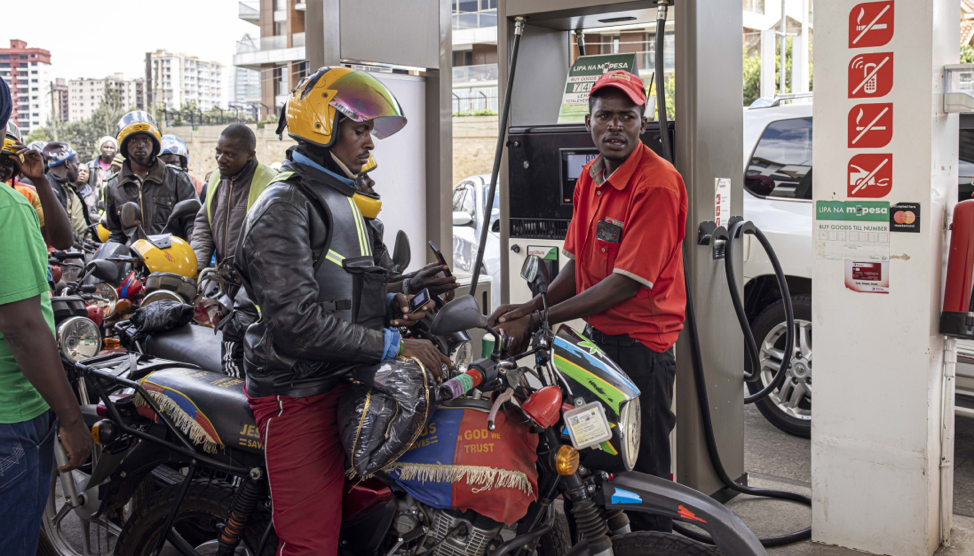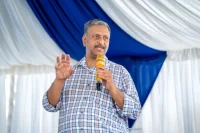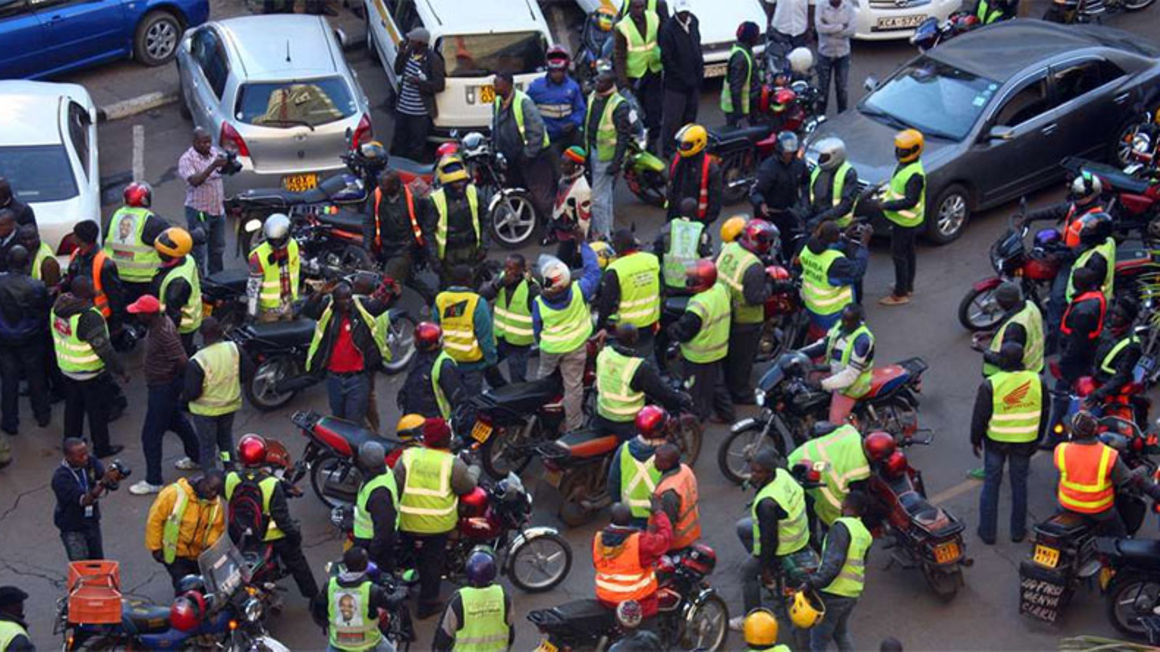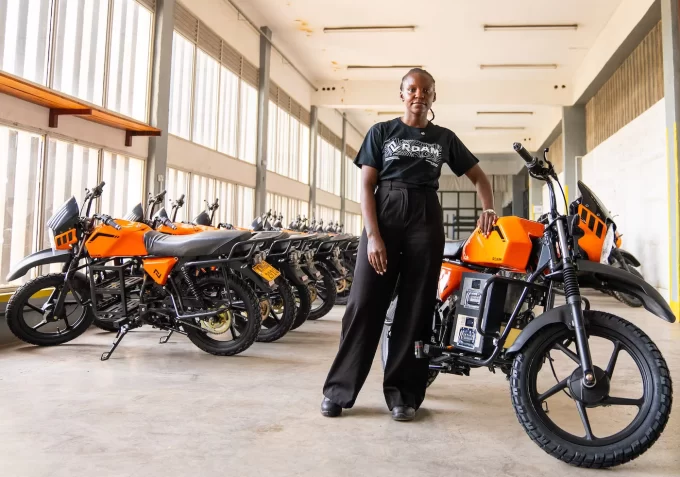In Kenya, many people use motorcycles for their day-to-day transportation needs due to their affordability and ease of commuting, especially in urban areas where traffic congestion is almost a daily experience.
Further, on the rider’s part, it is less expensive than owning a car, requires cheap maintenance, and consumes relatively less fuel. Averagely, a motorcycle should achieve a 15-17 kilometre run on a litre of petrol. However, this varies depending on engine capacity and motorcycle condition, among other factors like riding habits.
It doesn’t matter. Almost each of the registered 1.6 million motorcycle riders, as per statistics from the Boda Boda Safety Association of Kenya (BAK), is feeling the pinch at the pump amid escalating fuel prices and harsh operating conditions.
With that said, don’t fret! Because there are ways you can stretch your tank to match the fuel economy by going a distance with less. Here are straightforward strategies for optimizing your motorcycle’s fuel efficiency to not only save you some coins but reduce your carbon footprint with growing concerns about the environment:
- Keep the tyre pressure up
Every motorcycle has a recommended tyre pounds per square inch (PSI) pressure on the manual, which should be maintained when riding. It shouldn’t be confused with the listed pressure on the tyre because that is the maximum pressure it can hold.
Properly inflated tyres reduce fuel consumption in a motorcycle because of better traction that does away with unwanted drag as it allows for smooth movement. Under-inflated tyres have higher rolling resistance, and the engine will work much harder to run the bike.
On the other hand, overinflation begets a small tyre footprint which can result in ill-handling of the motorcycle, increasing accident possibilities. Keep your tyres adequately inflated for fuel savings and enhanced handling.
In addition, properly inflated tyres have a longer lifespan.
- Take the highway
Don’t ride on rough or dirt roads. Avoid them if you can because road quality affects fuel efficiency. Riding on rough roads entails constant braking, and the engine will burn more energy to navigate through deformed pavements. It also causes motorcycle parts to be damaged, and you will have to channel more money into servicing.
See Also >> How To Start a Petrol Station Business In Kenya
Riding on the highway is the remedy as it’s usually flat and well-maintained, enabling a more consistent and steady driving experience without abrupt accelerations and decelerations for better fuel efficiency.
- Choose high-quality fuel
For optimal engine performance that would result in an increase in tank range, shop high-grade fuel in line with the manufacturer’s standards.
High-quality fuel constitutes superior blends of additives that combust effectively and efficiently for maximized engine output. Using low-rated petrol may cause engine knockouts and valve pinging, affecting its performance when well-maintained engines tend to operate more fuel efficiently.
- Watch your weight
Extra weight on your motorcycle increases the power-to-weight ratio, which overworks the engine. A heavy bike needs more energy to accelerate and brake, consuming more fuel.
Lighter motorcycles have reduced braking distance for improved gas mileage. To cut the extra weight, ensure you carry the recommended number of passengers and do not overload your bike.
- Slow down
Not every ride needs to be a Motorcross. Riding at average speeds lowers the engine’s Revolutions per Minute (RPMs) for decreased fuel consumption.
It is important to note that aerodynamic drag increases with an increase in speed, and this means that the longer distance you ride, the more resistance and fuel usage. At 100km/h, wind resistance is double that of 65km/h.
At lower speeds, a rider can smoothly accelerate and avoid abrupt braking to realize a minimum kilometre per litre and efficient operation.
Read >> 11 Fuel Saving Ideas Every Driver Should Know
- Replace your air filter
Motorcycles need air intake for engine combustion, and air filters are critical components in this process for clean and sufficient airflow.
After riding for many kilometers, air filters become clogged with dirt, sand, and other debris: this affects airflow, leading to incomplete combustion and reduced fuel efficiency.
Experts recommend a replacement of air filters after every 4820 kilometers of traveled distance for better fuel economy, enhanced engine performance, and longevity of fuel injection systems.
Concluding, maintenance is king for the long-term well-being of your motorcycle. Perform regular checks and replace worn-out parts as per the maintenance schedule in the manufacturer’s manual. Proper upkeep entails more than routine oil changes. Pay extra attention to brake fluid, transmission fluid, and tire rotation to keep your bike in excellent condition.













Leave a comment